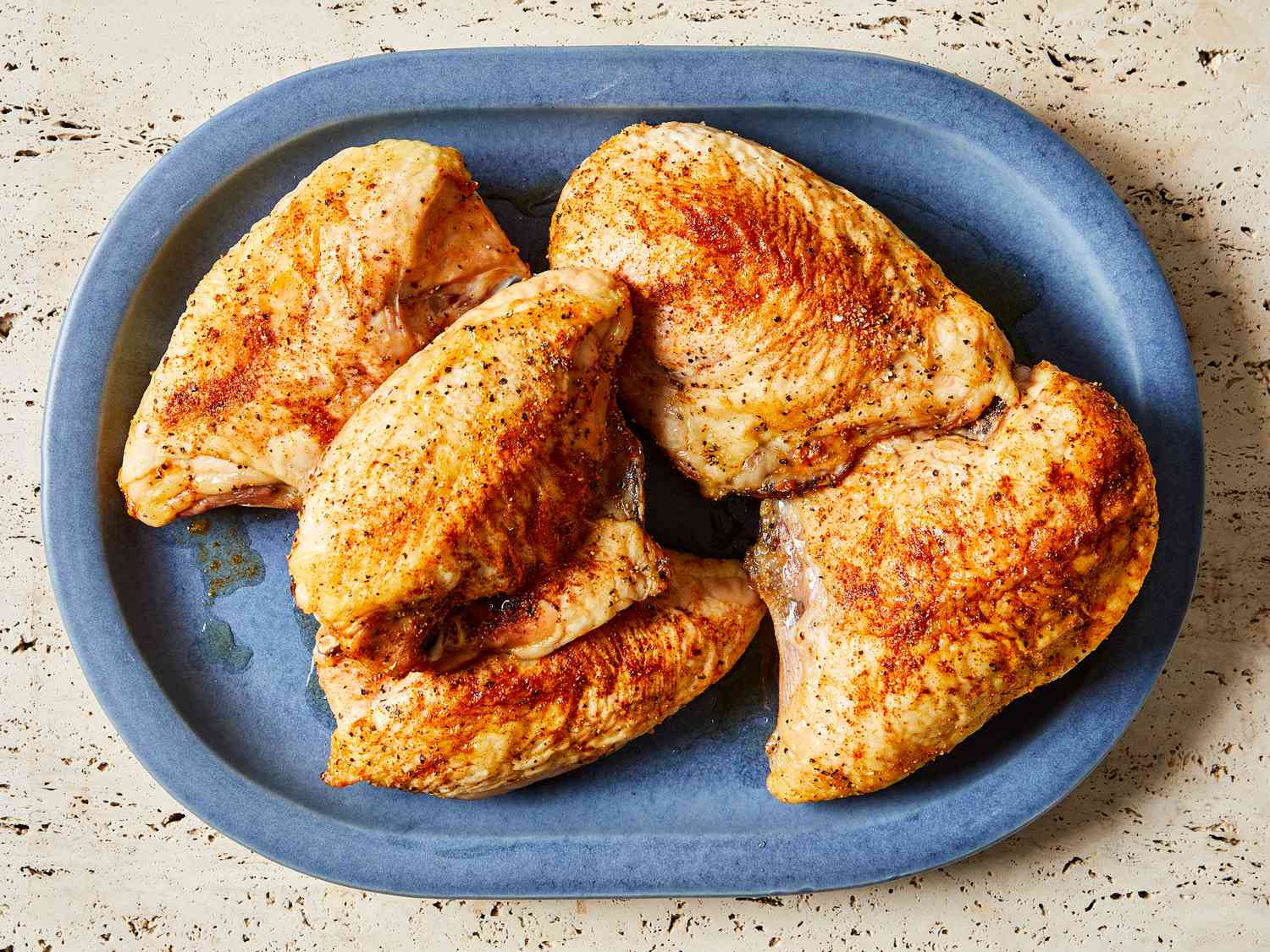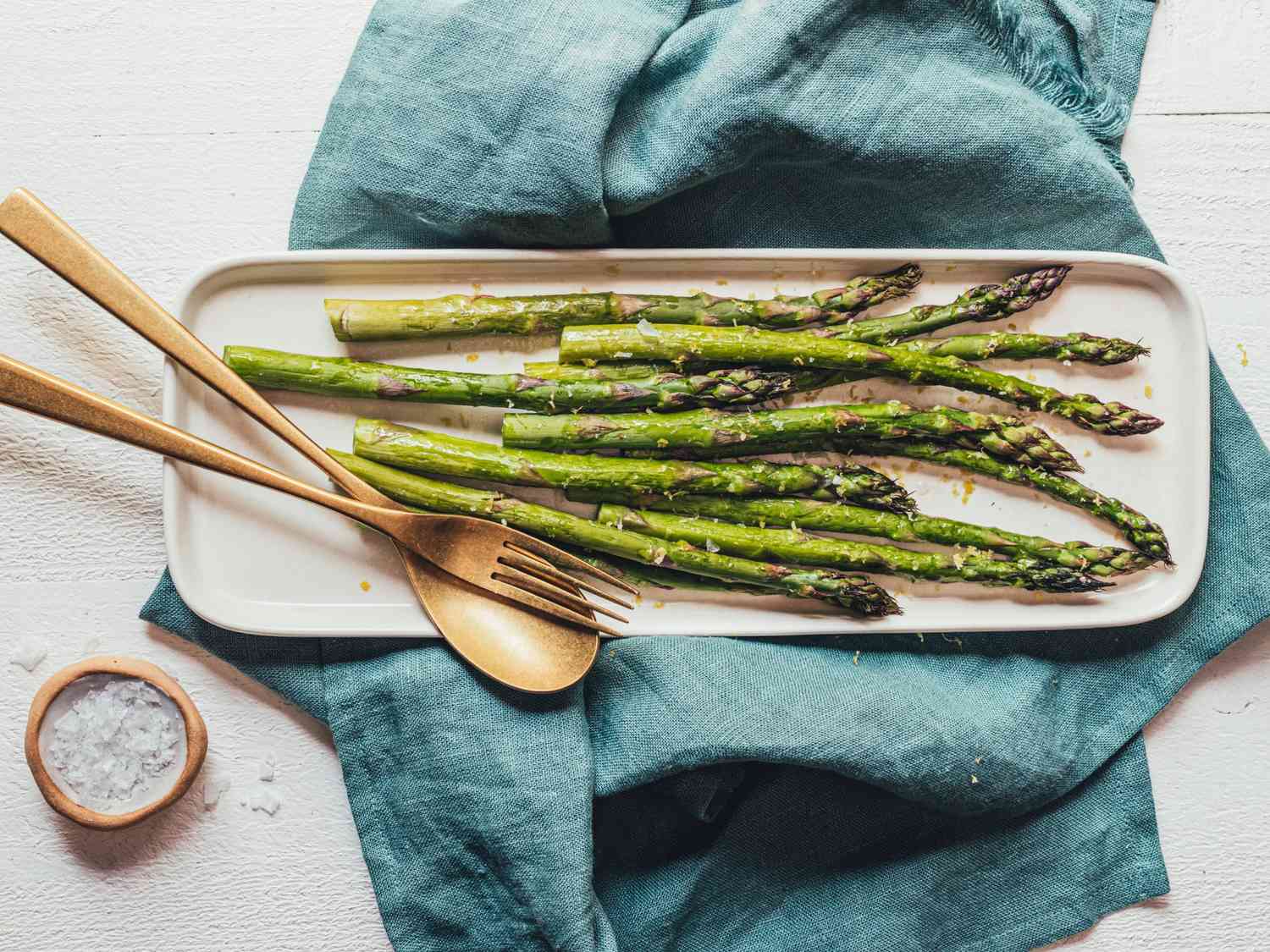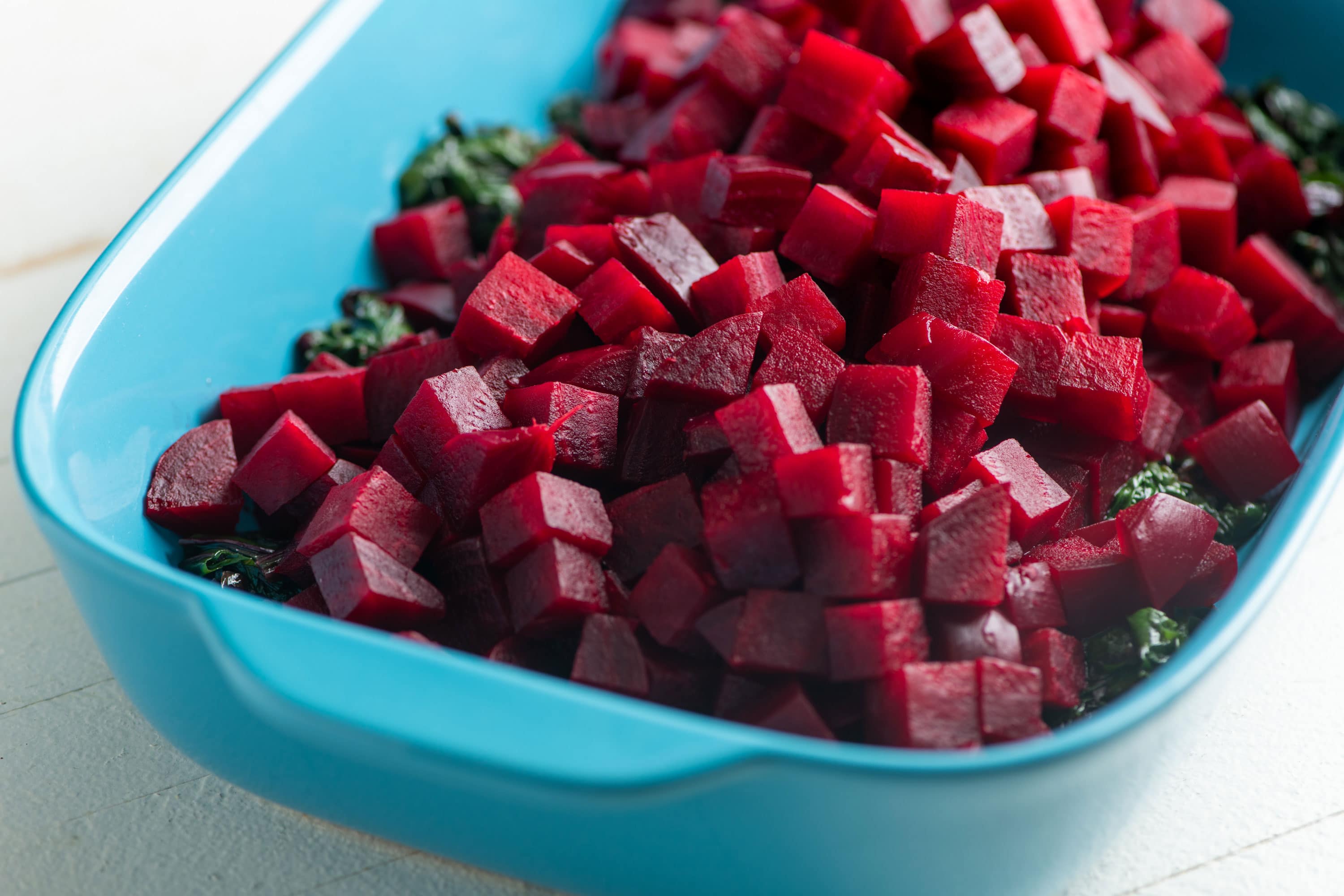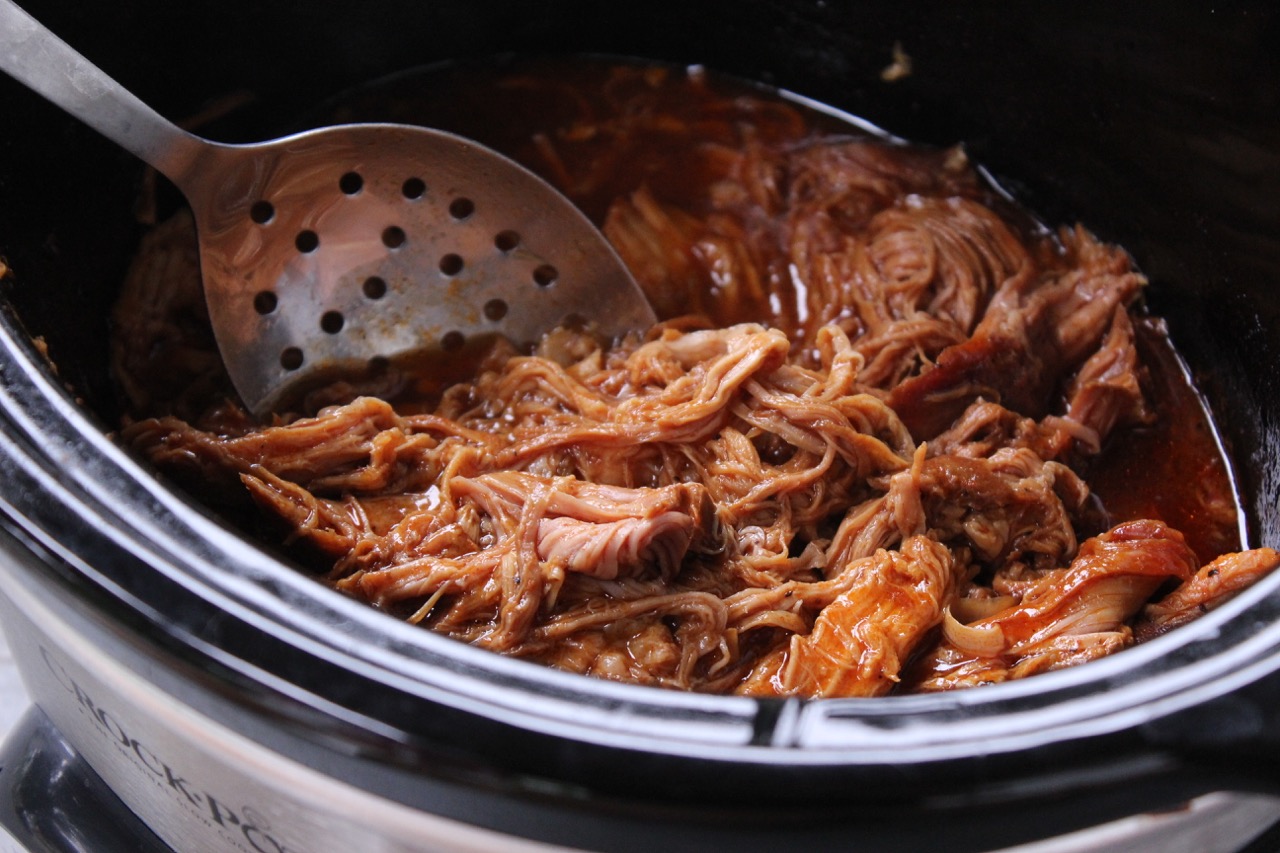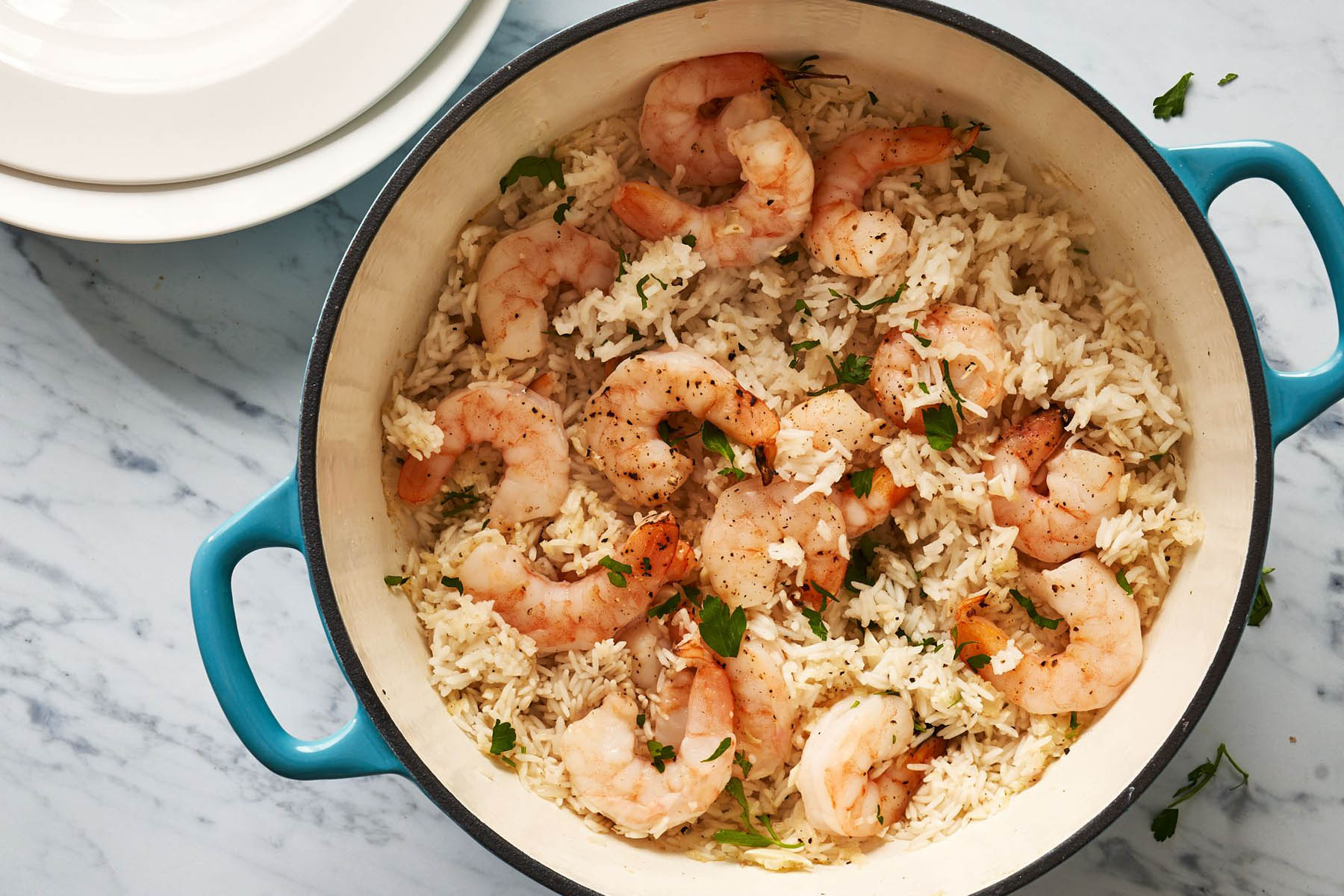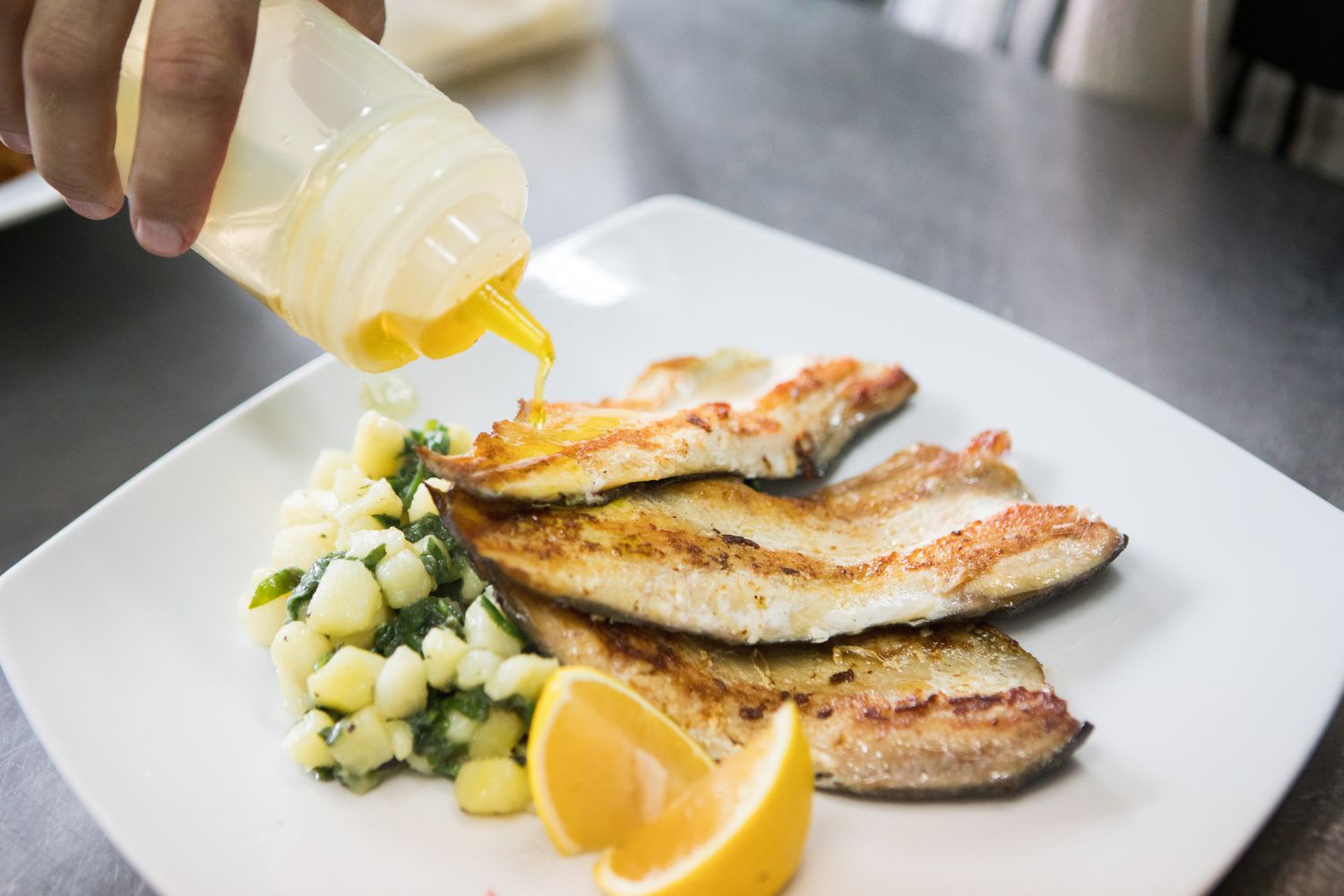How To Eat Fish Sustainably
When it comes to enjoying seafood, it’s important to consider the impact of our consumption on the environment. Sustainable fishing practices ensure that we can continue to enjoy fish now and in the future, without depleting our oceans’ resources. By making informed choices about the seafood we eat, we can play our part in preserving marine ecosystems. Here are some tips on how to eat fish sustainably.
1. Choose Sustainable Species
Not all fish are created equal when it comes to sustainability. Some species are overfished or caught using destructive fishing methods, while others are more abundant and caught using sustainable practices. To make sustainable choices, look for certifications such as the Marine Stewardship Council (MSC) or the Aquaculture Stewardship Council (ASC). These labels indicate that the fish has been sourced responsibly.
2. Know Your Fish Origins
Understanding where your fish comes from is essential in determining its sustainability. Avoid fish that is sourced from areas with high levels of overfishing or illegal fishing practices. Instead, opt for fish caught in well-managed fisheries or farmed in sustainable aquaculture operations.
3. Support Local and Seasonal Options
Choosing locally sourced fish helps reduce the carbon footprint associated with transportation. Additionally, consuming fish that is in season reduces the pressure on specific species and allows them to reproduce and replenish their populations naturally.
4. Avoid Endangered Species
Some fish species are facing the risk of extinction due to overfishing or habitat destruction. It’s crucial to avoid consuming these endangered species to prevent further damage to their populations. Stay informed about the status of different fish species through resources like the International Union for Conservation of Nature (IUCN) Red List.
5. Reduce Food Waste
While it’s essential to make sustainable choices when it comes to fish consumption, it’s equally important to minimize food waste. Plan your meals, buy only what you need, and use leftovers creatively to avoid unnecessary waste. By reducing food waste, you can help conserve resources and lessen the overall environmental impact.
6. Try Plant-Based Alternatives
Consider exploring plant-based alternatives to fish. With advancements in technology, various plant-based seafood options have emerged, providing delicious and sustainable alternatives that replicate the taste and texture of fish. By incorporating these alternatives into your diet, you can further reduce the demand for fish and contribute to a more sustainable food system.
7. Spread Awareness
Lastly, share your knowledge about sustainable fish consumption with friends and family. By raising awareness and encouraging others to make conscious choices, you can multiply your impact and create a ripple effect that promotes sustainable fishing practices.
Eating fish sustainably goes beyond individual choices; it’s about taking responsibility for the health of our oceans and the future of our planet. By following these guidelines, you can enjoy seafood guilt-free, knowing that you’re contributing to the preservation of marine ecosystems for generations to come.
Was this page helpful?
Read Next: The Best Camembert Recipes
